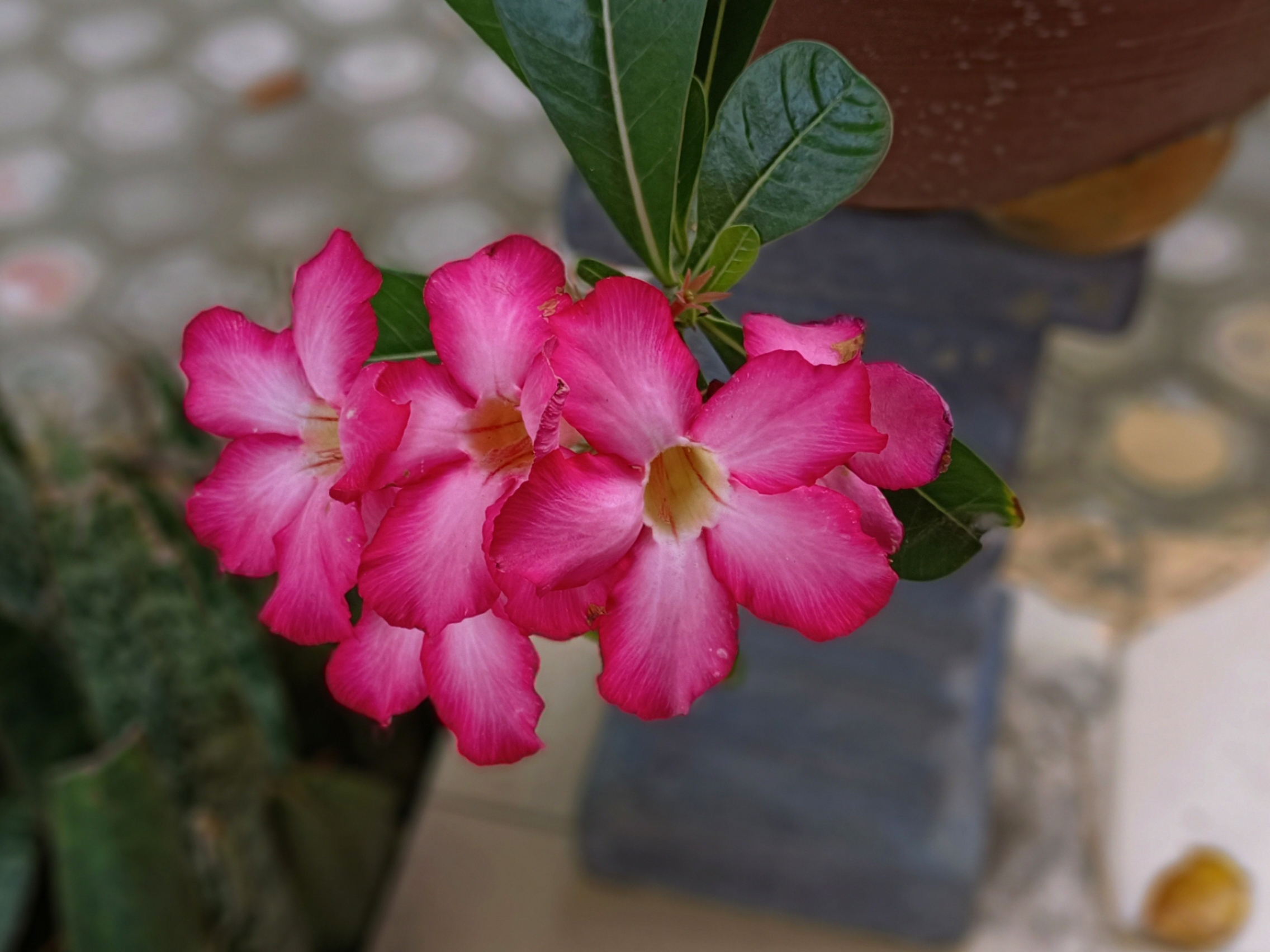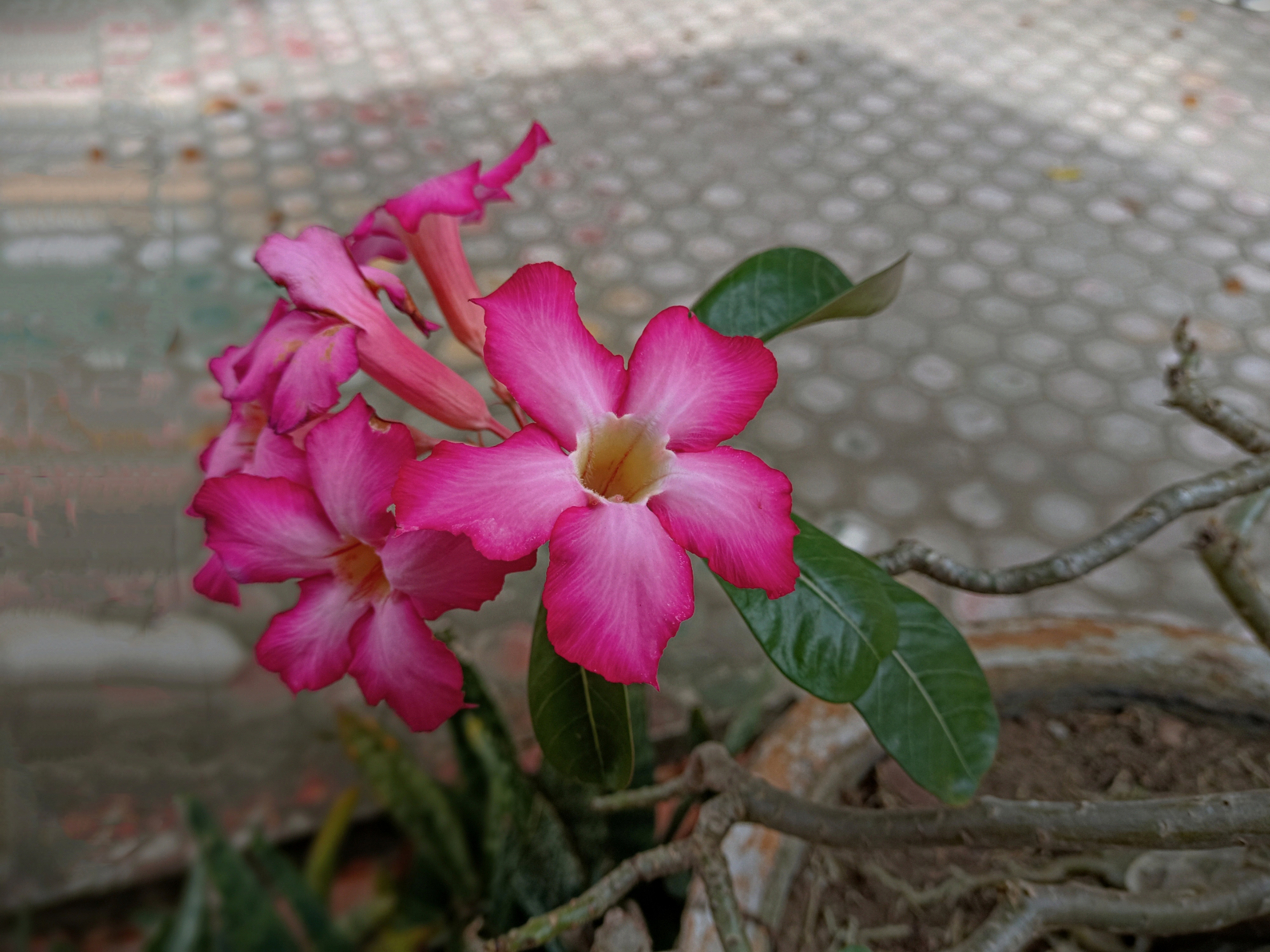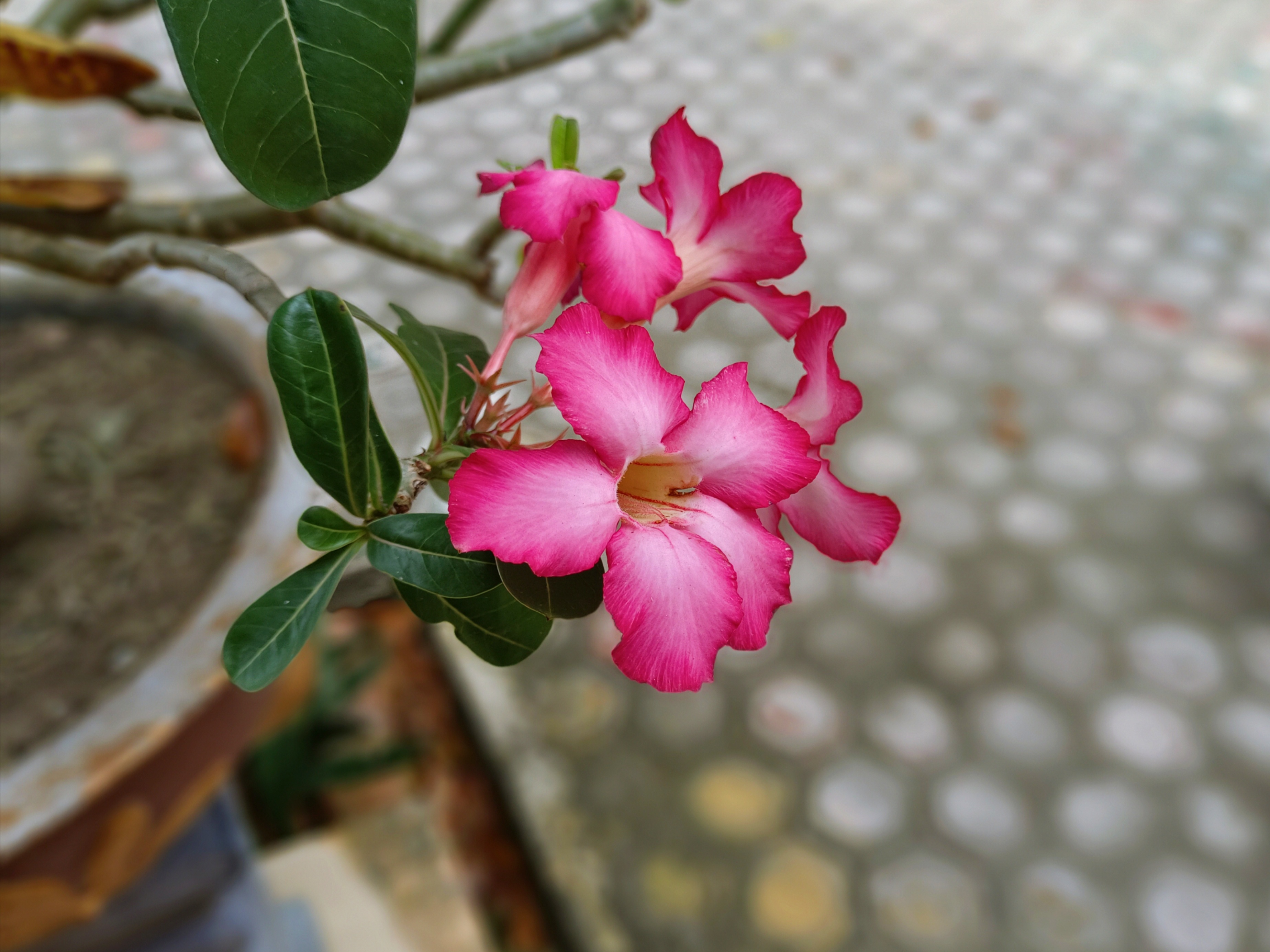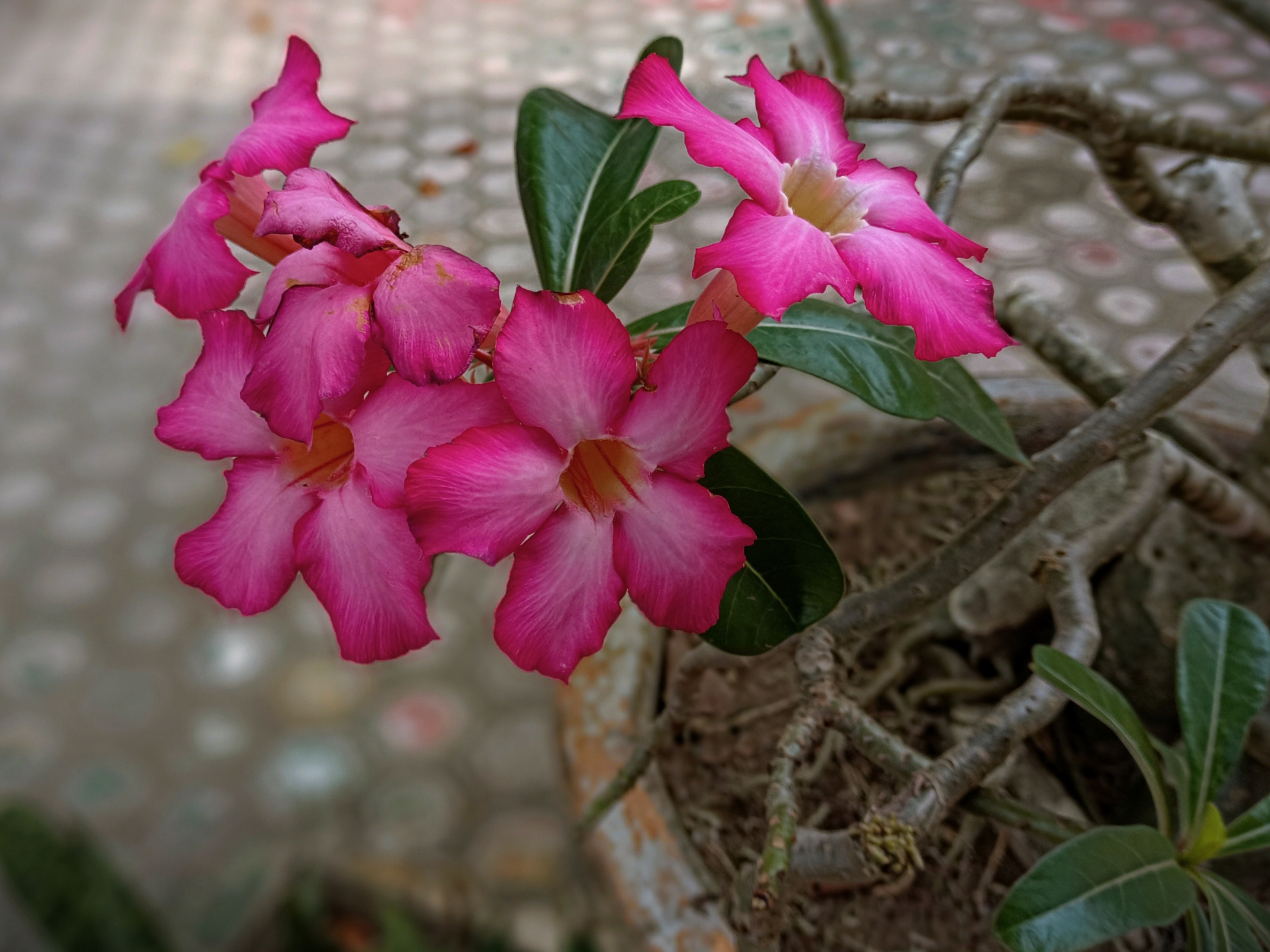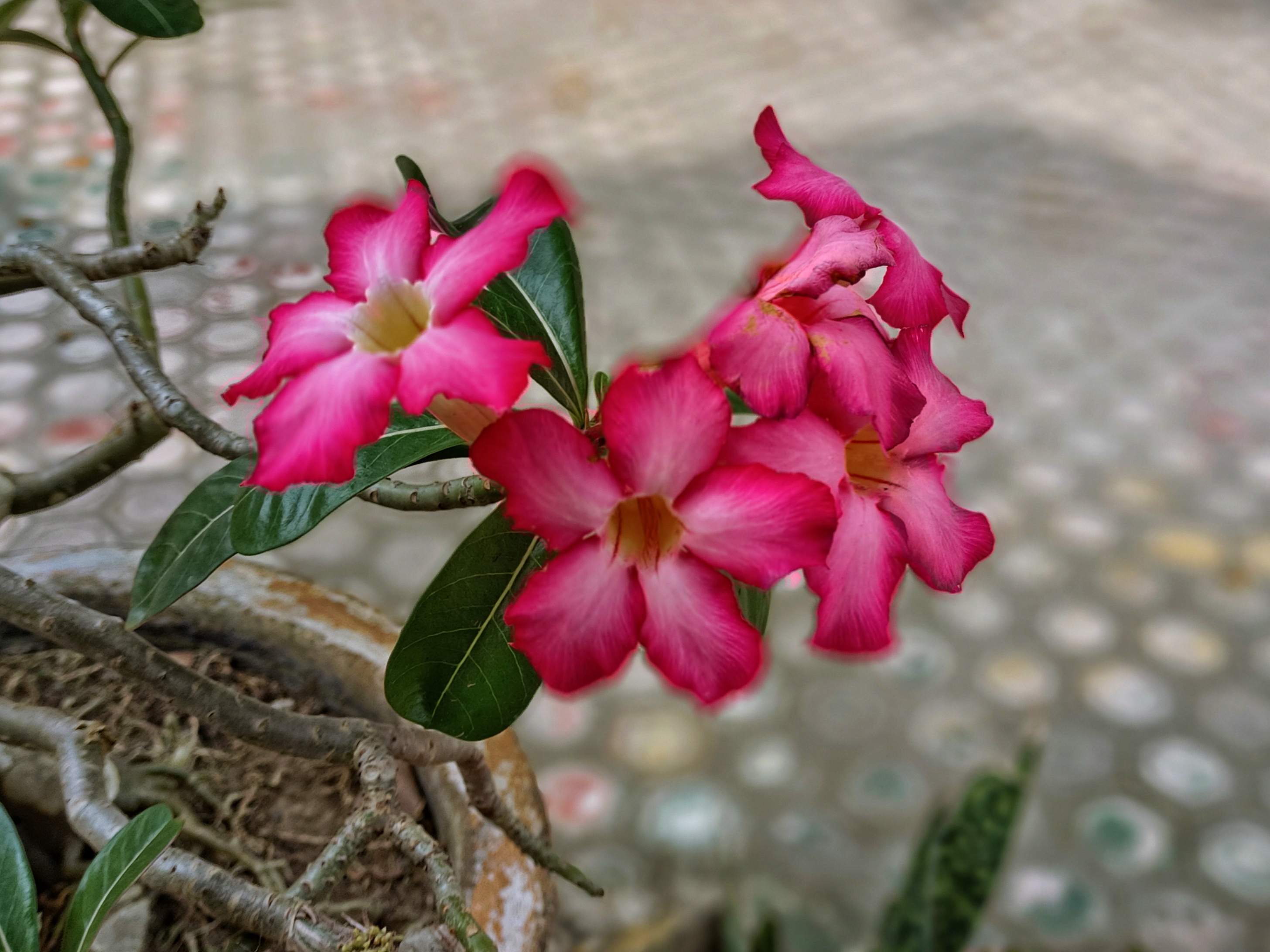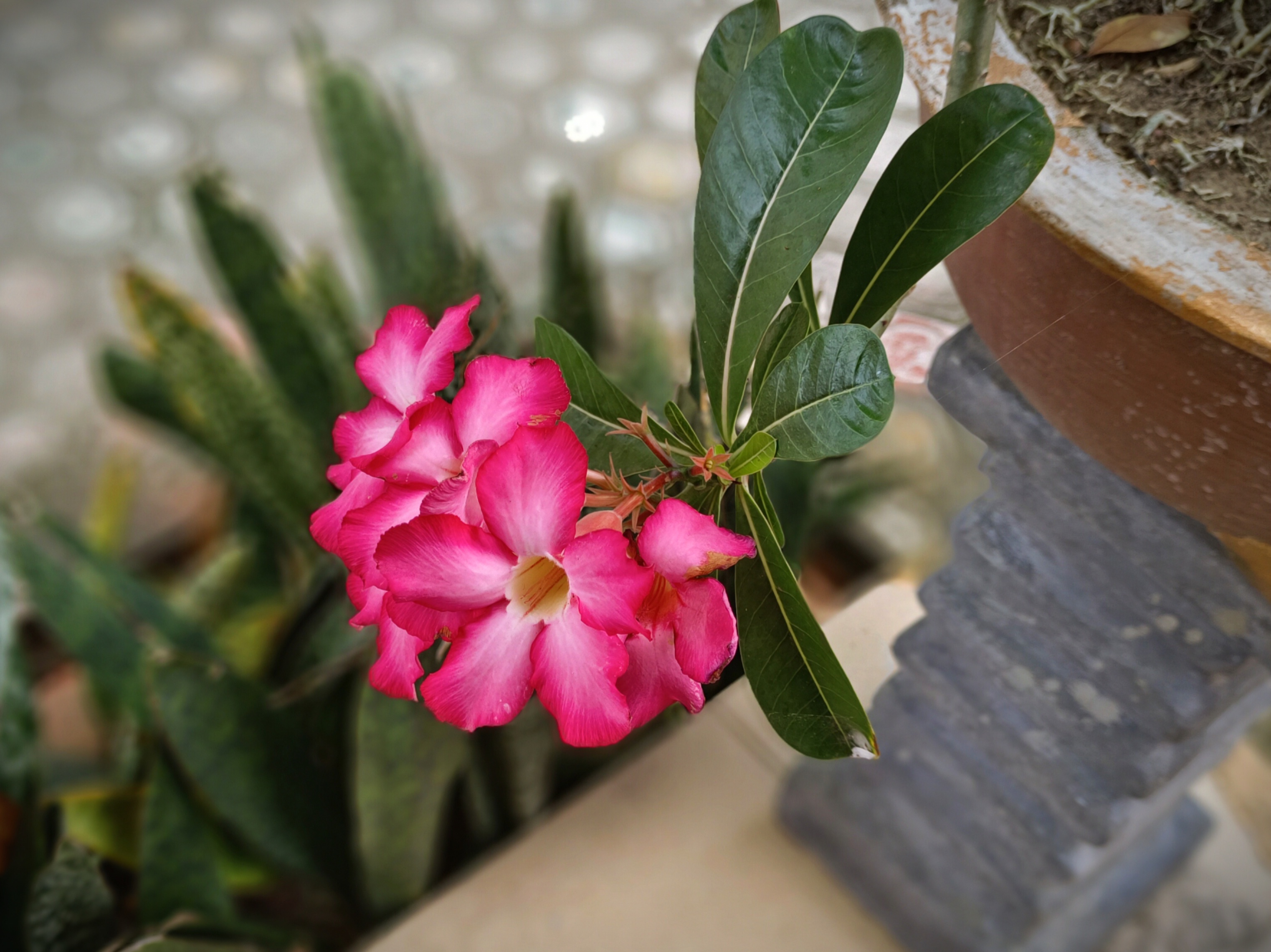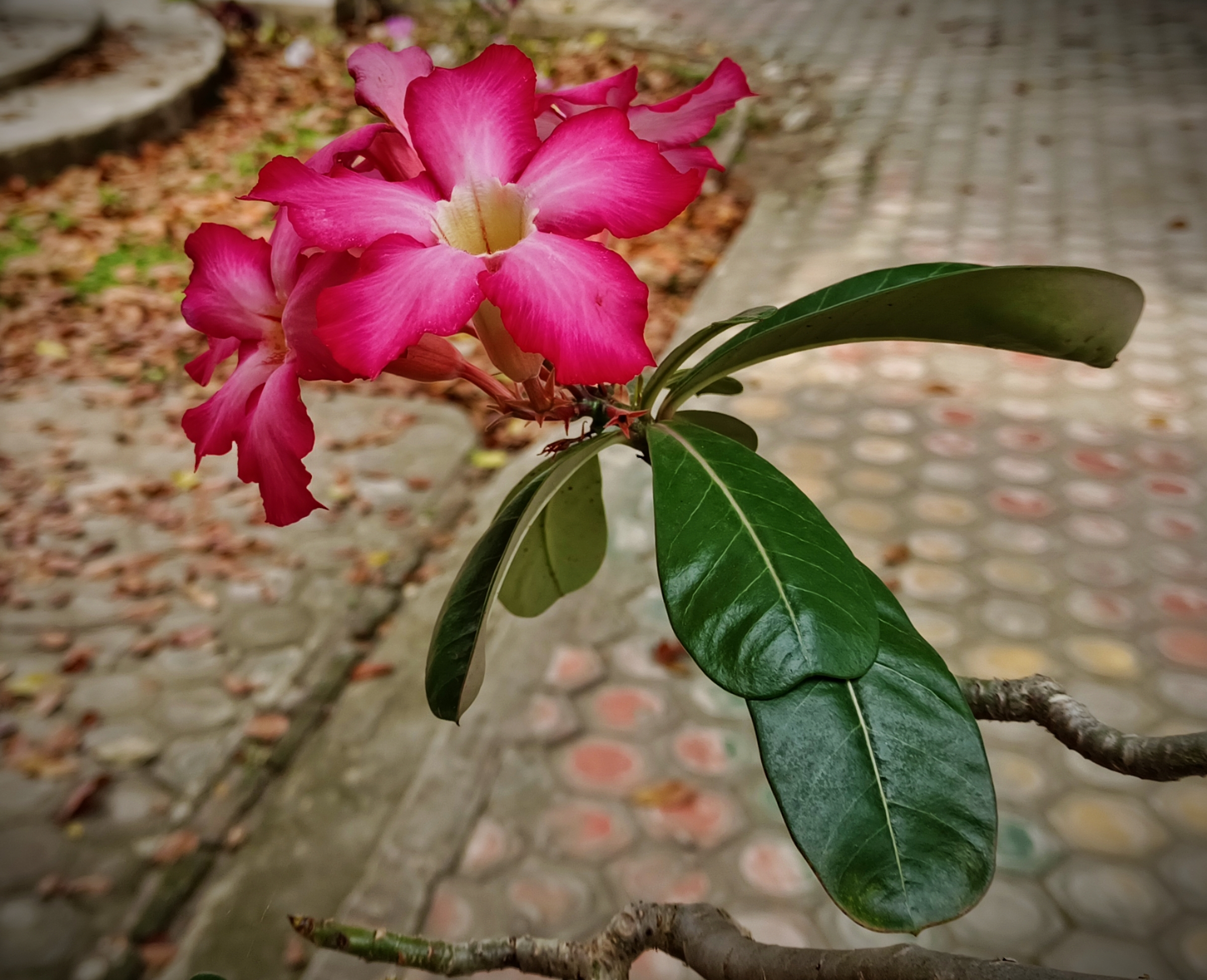
I used to think that flowering plants were always sweet. Fragrant, beautiful, and full of charm like the main character in a romance drama. But it turns out, there are also flowers that are like antagonists in soap operas: charming from a distance, but full of poison when approached. One of them is Adenium obesum, or more coolly called the desert rose.
I first fell in love with the desert rose when I stopped by a friend's house. On her terrace, this plant stood gracefully, its stem fat like a puppet character, and its flowers bright pink, as if waving seductively. "Nice, huh?" said my friend. I nodded, hypnotized. Without thinking, I bought one at the plant market the next day.
But there was one thing my friend didn't tell me (maybe she deliberately let me learn from bitter experience): this plant is poisonous. The poison is serious, not just making you itchy like a friend who forgot to pay his debt. Its sap contains cardiotoxin, which if it enters the human or animal body, can cause vomiting, diarrhea, and even heart problems. My cat, Belang, was interested in sniffing the stem, and I immediately panicked like a mother seeing her child playing with firecrackers. Since then, I have placed this desert rose in the safest corner of the house, far from the reach of curious creatures.
Although poisonous, Adenium obesum has many fans. Maybe because it is the "bad boy" type in the plant world—dangerous but charming. Its flowers are tough, can survive in extreme heat, even in soil that is poor in nutrients. It is the opposite of me who complains after just a little sunlight.
In addition, this plant can also be shaped as you wish. Some make the stem fat like a mini bonsai, while others shape it to resemble a dragon or other mystical figure. Me? Quite satisfied watching it grow without dying in my hands, which are notoriously not talented in gardening.
So, do I regret buying a desert rose? Not at all. Although poisonous, it is still the most elegant inhabitant in my yard. After all, life is full of paradoxes: what is beautiful can be dangerous, what is dangerous can teach us to be careful. And most importantly, this plant reminds me that not everything that is beautiful can be touched carelessly—like feelings, as the poets say.
